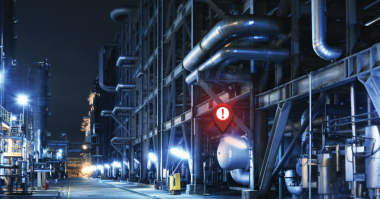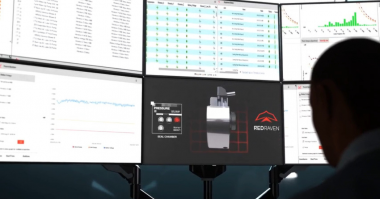Designed for desalination owners and operators like you, the Flowserve FLEX™ pressure exchanger incorporates best-in-class hydraulics in a compact footprint. You can recover more than 98% of the hydraulic energy of the brine stream, substantially reducing overall plant operating costs. You also can reduce high-pressure pump capacity by as much as 60%, leading to significant capital savings.
How does it work?
Hydraulic energy from the high-pressure brine reject stream is transferred by the Flowserve FLEX pressure exchanger to the seawater membrane feed.
Low-pressure seawater flows into the FLEX energy recovery device, filling a duct within the rotor and causing it to rotate (no external drive is needed). Simultaneously, high-pressure brine reject from the membranes enters the same duct from the opposite side. As the ceramic rotor spins, the low-pressure seawater is exposed momentarily to the high-pressure brine reject stream, at which point hydraulic energy is transferred from the brine to the seawater.
As the rotor continues to spin, the now high-pressure seawater and low-pressure brine reject are discharged out of their respective sides. This process repeats itself up to 900 rotations per minute — 24 hours a day, seven days a week, 365 days a year.
With the launch of this new product, you can specify this isobaric energy recovery device for new reverse osmosis desalination installations or existing facility retrofits. The Flowserve FLEX pressure exchanger provides you with the following advantages:
- Best-in-class efficiency, thanks to the axle-guided rotor design that significantly reduces lubrication flow requirements compared to other pressure exchangers
- Low total cost of ownership because the Flowserve FLEX pressure exchanger has the highest unit capacity available along with low installation costs
- High reliability and uptime with low operating and maintenance costs because the Flowserve FLEX pressure exchanger has only four major internal parts and one moving part
- Minimized power consumption for high-pressure and booster pumps and lowered membrane feed salinity, thanks to an industry-leading mixing rate




Comments